Oral hygiene is the foundation of maintaining overall health. Good oral health not only ensures fresh breath but also effectively prevents common oral diseases like cavities, gum disease, gingivitis, and more. In addition to regular tooth brushing, oral hygiene includes the use of floss, mouthwash, interdental brushes, tongue scrapers, and regular dental checkups. This article will explore various methods of oral hygiene in detail, providing a comprehensive understanding of its importance and the best practices for maintaining oral health.
1. The Importance of Oral Health and Hygiene
1.1 The Importance of Oral Health
The mouth is not just the gateway for food to enter the digestive system; it also plays a crucial role in overall health. Research has shown that oral health is closely linked to many systemic conditions, including heart disease, diabetes, respiratory infections, and even pregnancy complications. Maintaining good oral hygiene helps prevent the entry of harmful bacteria into the body, which can lower the risk of developing these diseases. Therefore, good oral hygiene is not only essential for fresh breath and an attractive smile but also for maintaining overall health.
1.2 Common Oral Problems
Improper oral hygiene can lead to a variety of common oral issues, including:
- Cavities (Tooth Decay): Caused by bacteria in the mouth that feed on sugars from food and produce acids, which then erode the enamel of the teeth.
- Gum Disease (Periodontal Disease): A bacterial infection of the gums, leading to symptoms such as swelling, redness, bleeding, and, in severe cases, tooth loss.
- Gingivitis: An early stage of gum disease characterized by inflamed, swollen gums that may bleed when brushing or flossing.
- Bad Breath (Halitosis): Often caused by bacteria breaking down food particles, dead cells, and other organic materials in the mouth, producing foul-smelling sulfur compounds.
- Tartar Build-up: When plaque is not removed through regular brushing, it hardens into tartar, which can only be removed by a dentist.
1.3 Goals of Oral Hygiene
The primary goal of oral hygiene is to remove food debris, bacteria, and plaque from the surfaces of the teeth, gums, and tongue. By doing so, oral hygiene helps prevent cavities, gum disease, and bad breath while promoting fresh breath and maintaining the aesthetic appearance of the teeth. Achieving these goals relies on developing good oral hygiene habits.
2. Basic Oral Hygiene Methods
2.1 Brushing Teeth
Brushing is the foundation of oral hygiene and should be done at least twice a day. Brushing not only removes food particles but also eliminates plaque that builds up on the teeth. The following steps are essential for effective tooth brushing:
2.1.1 Choosing the Right Toothbrush
- Toothbrush: Choose a toothbrush with medium bristles. Avoid overly hard or too soft bristles. The toothbrush head should be of an appropriate size to reach all areas of the mouth, including the back teeth.
- Toothpaste: Fluoride toothpaste is the most commonly recommended type, as fluoride helps to remineralize enamel and prevent tooth decay. For individuals with specific needs, such as tooth sensitivity, toothpaste designed for sensitive teeth can be used.
2.1.2 Proper Brushing Technique
- The Bass Method: Hold the toothbrush at a 45-degree angle to the gumline. Use gentle, small circular motions to clean the teeth. Make sure to brush for at least two minutes.
- Brushing Order: Start by brushing the outer surfaces, followed by the inner surfaces, and finish with the chewing surfaces of each tooth. Pay special attention to the back teeth and inner surfaces.
2.2 Using Dental Floss
Dental floss is a tool specifically designed to clean between the teeth, where toothbrushes can’t reach. Regular flossing helps remove food particles and plaque from interdental areas, preventing cavities and gum disease.
2.2.1 How to Use Dental Floss
- Cut about 18 inches of dental floss, wrapping the ends around the middle fingers, leaving about 1-2 inches of floss between your hands.
- Gently insert the floss between the teeth and move it up and down along each side of the tooth to remove plaque and food particles.
- Be careful not to snap the floss into the gums.
2.2.2 Benefits of Flossing
- Removes plaque and food particles between teeth that a toothbrush cannot reach.
- Reduces the risk of cavities and gum disease.
- Helps combat bad breath by cleaning the areas where food can get trapped.
2.3 Using Interdental Brushes
Interdental brushes are small brushes designed to clean between teeth, especially for people with larger gaps between their teeth. These brushes are often easier to use than dental floss and can be more effective for cleaning larger interdental spaces.
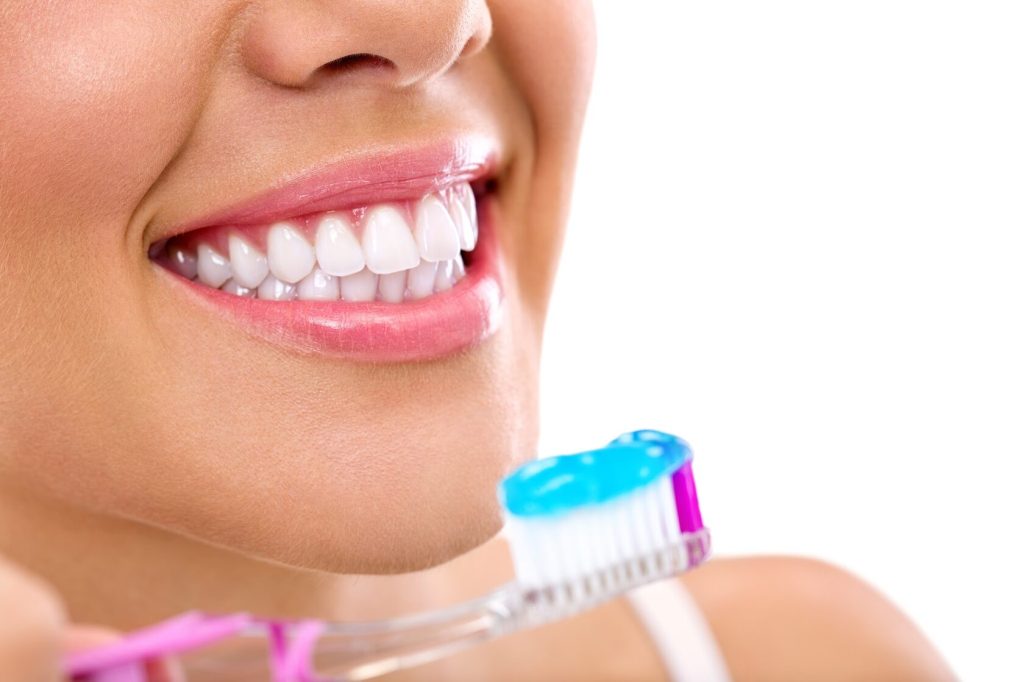
2.3.1 How to Use Interdental Brushes
- Select an interdental brush that fits the size of your interdental spaces.
- Gently insert the brush between the teeth and move it back and forth to remove debris and plaque.
- Rinse the brush with water after each use to maintain hygiene.
2.3.2 Benefits of Interdental Brushes
- More effective at cleaning larger interdental spaces than dental floss.
- Easier to use for people with braces or those who have difficulty using floss.
- Removes plaque and food particles from areas that are hard to reach with a toothbrush.
2.4 Using Mouthwash
Mouthwash is an important supplementary tool in oral hygiene, helping to kill bacteria, reduce plaque formation, and freshen breath. Different types of mouthwash serve various purposes, including antibacterial mouthwash, fluoride mouthwash, and mouthwash for sensitive teeth.
2.4.1 How to Use Mouthwash
- Pour the recommended amount of mouthwash (usually 15-20 ml) into a cap.
- Swish the mouthwash around your mouth for 30 seconds to one minute.
- Avoid drinking or eating immediately after using mouthwash to allow its active ingredients to continue working.
2.4.2 Benefits of Mouthwash
- Antibacterial Properties: Helps reduce bacteria in the mouth, preventing gum disease and tooth decay.
- Freshens Breath: Mouthwash can mask or neutralize bad breath caused by bacteria.
- Supplementary Treatment: Mouthwash can be used as a supplementary measure to improve oral hygiene, especially for people with braces or dental implants.
2.5 Using a Tongue Scraper
The surface of the tongue can harbor bacteria, food particles, and dead cells, contributing to bad breath. Using a tongue scraper is an effective way to remove these substances and maintain fresh breath.
2.5.1 How to Use a Tongue Scraper
- Gently place the tongue scraper at the back of the tongue.
- Pull the scraper forward along the tongue’s surface, scraping off the debris.
- Clean the scraper with water after each use.
2.5.2 Benefits of Using a Tongue Scraper
- Helps remove bacteria and food particles from the tongue’s surface, improving overall oral hygiene.
- Reduces bad breath by removing the source of odor-causing bacteria.
- Helps maintain a clean, fresh mouth.
2.6 Regular Dental Checkups
Regular visits to the dentist are essential for maintaining optimal oral health. Even with daily brushing and flossing, some areas of the mouth may be difficult to reach, and tartar buildup may occur. Dental professionals can remove tartar, check for early signs of oral diseases, and provide personalized recommendations for oral care.
2.6.1 Importance of Regular Dental Checkups
- Early Detection: Dentists can spot early signs of tooth decay, gum disease, or other oral issues.
- Professional Cleaning: Dentists perform professional cleaning to remove tartar buildup that cannot be removed by regular brushing.
- Personalized Advice: Based on individual needs, dentists can offer customized advice on improving oral hygiene.
2.7 Diet and Oral Hygiene
A healthy diet plays a key role in maintaining oral health. Foods rich in vitamins, such as vitamin C, help maintain healthy gums. Limiting sugar intake reduces the risk of cavities, as bacteria in the mouth feed on sugar to produce harmful acids. Drinking plenty of water helps to keep the mouth moist, which can reduce bacterial growth.
3. Conclusion
Oral hygiene is not just about brushing your teeth; it involves a variety of methods, including flossing, using interdental brushes, mouthwash, tongue scrapers, and regular dental checkups. Each method serves a unique function, contributing to better oral health by removing plaque, bacteria, and food particles. In addition, maintaining a balanced diet and visiting the dentist regularly are essential for long-term oral health.
Developing good oral hygiene habits is crucial for everyone. By using the right tools and following proper techniques, you can prevent oral diseases, keep your teeth clean, and enjoy a healthy smile for years to come.







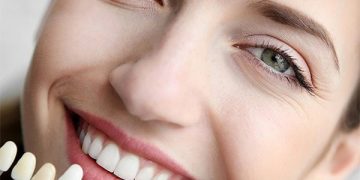

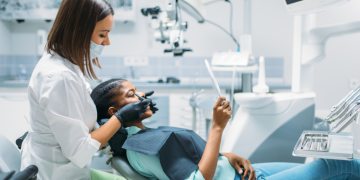

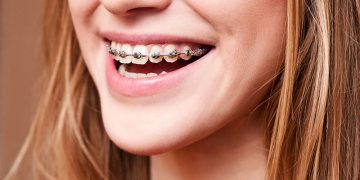
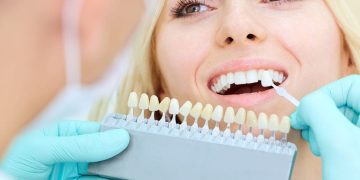



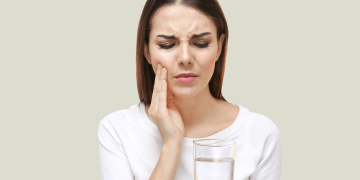
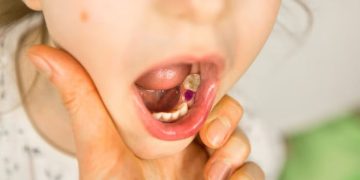
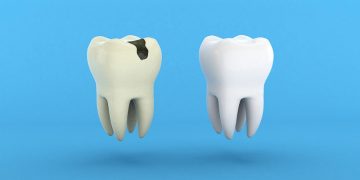






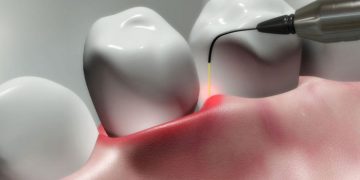
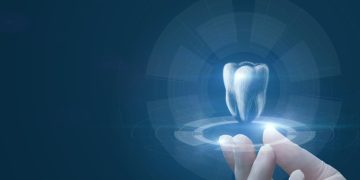

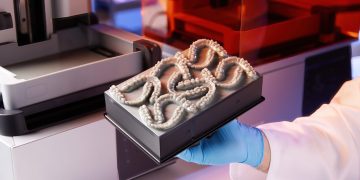
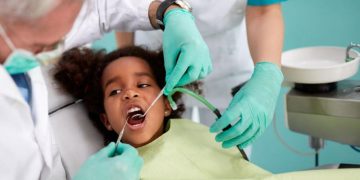
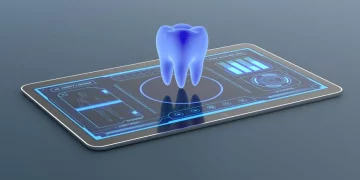














Discussion about this post